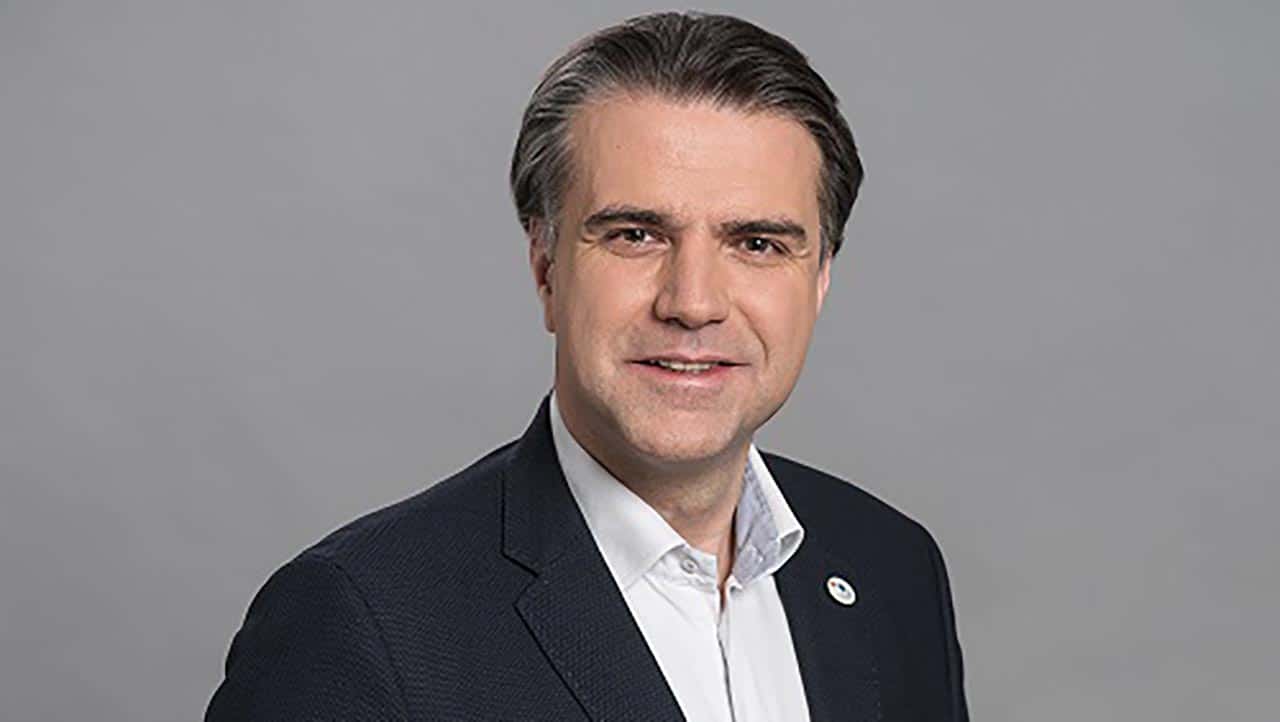After 3 years of research work, the consortium leader, Creotech Instruments, has announced the successful completion of the SAMPLE project, the result of which is a comprehensive system for the automatic detection and monitoring of aerial obstacles in the proximity of airports and landing sites (in accordance with ICAO standards). The Airborne Obstacle Monitoring and Registration System (SAMPLE) uniquely combines satellite data with data obtained from unmanned aerial vehicles, vision cameras, and LiDAR scanning, creating an innovative solution for real-time monitoring and detection of obstacles in the airspace. The launch of SAMPLE allows for the enhancement of aviation safety and could find application in the aviation industry, including airport operators, landing sites, vertiports, and local government and state administration units. The project was realized in cooperation with the Polish Air Navigation Services Agency and AP-Tech Sp. z o.o., and its value was around PLN 17.5 million.
“The SAMPLE project is not just an innovative solution on a global scale, but also proof of Creotech Instruments’ ability to lead in the industry. Thanks to a 3-year effort and cooperation and commitment from our partners, the Polish Air Navigation Service Agency and AP-Tech, we have created a real solution that is now moving into the commercialization phase. The project was challenging from a technological, administrative, and legal point of view, and still, we managed to realize it according to the set assumptions and schedule, achieving all the set goals,” comments Piotr Mazur, Project Manager at Creotech Instruments S.A.
The key advantage of the developed system is its ability to automatically generate data on aerial obstacles and terrain configuration based on high-resolution satellite images (Earth Observation), data gathered through unmanned aerial vehicles (UAVs), point clouds from LiDAR scans, and stationary vision cameras. The system not only allows for the automatic creation and updating of obstacle databases (eTOD – electronic Terrain Obstacle Database) based on photogrammetric methods but also for the continuous analysis of air traffic and the automatic detection of unwanted incidents related to aerial obstacles.
Grzegorz Brona, CEO of Creotech Instruments S.A., says, “Creotech has proven its high competencies many times in the area of space and quantum solutions, but it shows that we can also implement complex projects in the field of Earth Observation. SAMPLE is an excellent example of the practical use of satellite data for improving safety in air and drone traffic. The satellite images provide current, reliable information about existing and newly appearing aerial obstacles, which makes our solution particularly useful. The system eliminates the main inconveniences associated with the previously used methods of monitoring aerial obstacles, mostly acquired manually through field research. We are now starting the commercialization phase of this product and verifying its business potential for end users in the aviation industry.”
The all-encompassing system designed to track objects that are aerial obstacles for air vehicles can detect any object presenting a potential threat to air operations and continuously monitor objects for changes in their location or dimensions, e.g., height. It’s a solution that may be of interest to the broader aviation industry – one of the world’s largest markets.
SAMPLE is a geographically unrestricted platform, meaning it can be deployed anywhere in the world. With the growing availability of high-resolution satellite data, the use of the proposed solution is becoming cheaper and easier.
The advanced software developed for air traffic control complies with the rigorous requirements of the International Civil Aviation Organization and offers a wide range of applications.
The SAMPLE project’s total value was approximately PLN 17.5 million, with the funding received accounting for approximately PLN 12.7 million. The project was funded by the National Centre for Research and Development.
